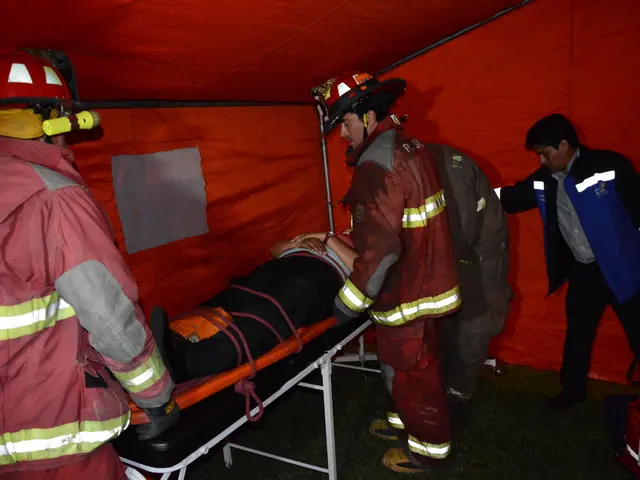Colostomy Protrusion: Symptoms, Treatment Options, Frequently Asked Questions, and Further Information
Colostomy prolapse is a potential complication that can occur after colostomy surgery, where the intestinal segment forming the stoma protrudes excessively through the abdominal wall. This condition is primarily caused by loose fixation of the bowel to the abdominal wall and factors that increase intra-abdominal pressure, such as severe coughing or heavy lifting.
Causes
The primary cause of colostomy prolapse is loose fixation between the intestinal tube and abdominal wall during stoma creation. Repeated increases in abdominal pressure, due to activities like coughing, straining, or heavy lifting, can also contribute to this condition. Additionally, underlying ischemia or scar tissue formation affecting stoma integrity may play a role.
Symptoms
Common symptoms of colostomy prolapse include the stoma protruding farther than usual beyond the skin surface, edema (swelling) due to impaired venous return if prolapse is severe, possible ischemia if blood supply is compressed, potentially leading to tissue necrosis, and appearance changes, discomfort, or difficulties with stoma appliance fitting. Severe prolapse may be irreducible and cause pain or complications.
Treatments
The initial approach to treating colostomy prolapse is gentle manual reduction of the prolapsed bowel with the patient relaxed. If manual reduction fails, topical application of sugar to reduce edema may be used. In severe cases with ischemia, necrosis, or irreducible prolapse, surgical intervention may be required to revise or reconstruct the stoma.
Preventive measures include ensuring proper surgical fixation and managing factors that increase abdominal pressure.
Surgical Options
Surgical options for colostomy prolapse include stoma reversal, stoma resection, and relocation. Stoma reversal involves reattaching the piece of bowel in the stoma to the colon and then closing the stoma. Stoma resection entails removing the diseased part of the bowel in the stoma and pulling a healthy section of the bowel through. Relocation is a procedure that puts the stoma in a new location.
Conservative Interventions
Less severe cases of colostomy prolapse may be managed with conservative interventions such as manual reduction, postural reduction, and measures to reduce swelling.
Prognosis
The length of colostomy prolapse can range from 2-3 cm to more than 10 cm. Less severe prolapses may not produce symptoms, but when they do, symptoms may include skin irritation, pain, trouble fitting bags that cover the stoma, and bleeding. Severe symptoms of colostomy prolapse can be life-threatening and necessitate immediate surgery.
Prevention and Management
Maintaining health and wellness, especially in managing chronic medical conditions and chronic diseases such as chronic kidney disease, involves taking steps to reduce the risk of colostomy prolapse. This includes appropriate lifestyle adjustments, such as avoiding activities that cause increased abdominal pressure, and practicing good nutrition and exercise.
In the realm of science and medicine, cannabidiol (CBD) has been suggested by some research to potentially help in managing bowel conditions. While more studies are needed to fully understand its effects, it might serve as a potential aid in preventing or alleviating colostomy prolapse due to its inflammatory and antispasmodic properties.
When undergoing colostomy surgery, it's crucial to rely on experienced medical professionals. They can ensure a strong fixation of the intestinal tube to the abdominal wall during the procedure, helping prevent subsequent colostomy prolapse.




